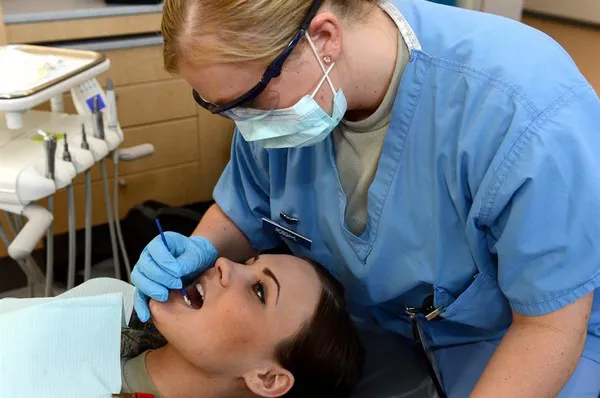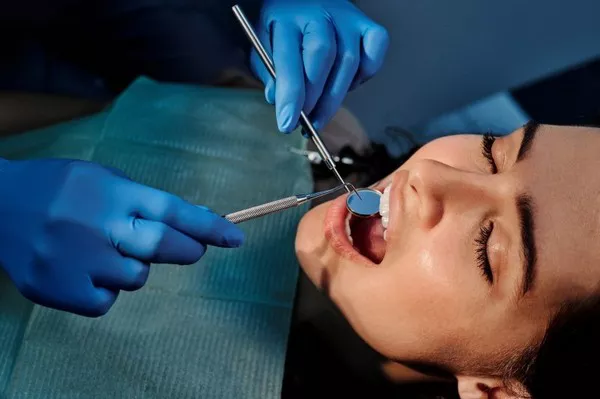The prospect of having a cavity filled often comes with questions, and one of the most common inquiries is about the associated cost. In this article, we aim to shed light on the financial aspects of dental care, specifically addressing the question: How much is it to have a cavity filled? By exploring factors influencing the cost and understanding the variables at play, individuals can gain insights into the financial considerations associated with this common dental procedure.
Understanding the Cavity Filling Process: A Brief Overview
Purpose of Cavity Fillings:
Cavity fillings serve a crucial role in dentistry by addressing tooth decay and preventing further damage. When a cavity is detected during a dental examination, the filling process becomes a preventive measure to restore the tooth’s integrity and protect it from additional decay.
Materials Used for Fillings:
Dentists utilize various materials for cavity fillings, each with its own set of characteristics. Common filling materials include amalgam (a mixture of metals), composite resin (tooth-colored material), gold, and porcelain. The choice of material can influence the overall cost of the cavity filling procedure.
Factors Influencing the Cost of Cavity Fillings
Dental Material Selection:
The type of filling material selected significantly impacts the overall cost. Amalgam fillings, often considered more cost-effective, are generally less expensive than tooth-colored composite fillings. However, many individuals opt for tooth-colored fillings for aesthetic reasons despite the higher cost.
Geographic Location:
Dental costs can vary based on geographic location. Urban areas and regions with higher living expenses may have higher dental service fees. It’s essential for individuals to consider the local cost of living when estimating the price of cavity fillings.
Examining the Average Cost Range:
Amalgam Fillings:
Amalgam fillings, known for their durability and cost-effectiveness, typically fall within the range of $50 to $150 per filling. These fillings are often covered by dental insurance, contributing to reduced out-of-pocket expenses for patients.
Composite Fillings:
Tooth-colored composite fillings, while providing a more natural appearance, come with a higher price tag. The average cost for composite fillings ranges from $150 to $450 per filling. The increased cost is associated with the materials used and the additional time and skill required for placement.
Additional Cost Considerations:
Number of Cavities:
The number of cavities requiring filling directly correlates with the overall cost. If a patient has multiple cavities, the expenses will accumulate accordingly. Dental professionals typically provide a breakdown of costs based on the number of fillings needed.
Dental Insurance Coverage:
Dental insurance coverage plays a significant role in mitigating the out-of-pocket expenses associated with cavity fillings. Many insurance plans cover a percentage of the costs, with the coverage varying based on the type of filling material and the insurance provider’s policies.
Options for Financial Assistance:
Dental Discount Plans:
Some individuals may explore dental discount plans, which offer reduced fees for dental services, including cavity fillings. While not insurance, these plans provide an alternative for those seeking cost-effective dental care.
Financing Options:
Dental offices often provide financing options to accommodate patients’ budgets. Monthly payment plans or financing through third-party providers can help individuals manage the costs of cavity fillings over time.
Conclusion: Navigating Costs for Optimal Dental Health
In conclusion, the cost of having a cavity filled is influenced by various factors, including the type of filling material, geographic location, the number of cavities, and insurance coverage. Amalgam fillings are generally more affordable, while tooth-colored composite fillings come with a higher price tag due to their aesthetic appeal.
Understanding the factors at play and exploring available options for financial assistance can empower individuals to make informed decisions about their dental care. Regular dental check-ups, early detection of cavities, and prompt treatment contribute not only to optimal oral health but also to potential cost savings by addressing dental issues in their early stages.
As individuals navigate the financial aspects of cavity fillings, open communication with dental professionals and exploration of available resources ensure that dental care remains accessible and aligned with individual budgets. Prioritizing preventive measures and addressing dental concerns promptly contribute to not only a healthy smile but also financial peace of mind in the realm of oral healthcare.
How Long Does It Take to Get a Cavity Filled?
http://What is it like getting a cavity filled?
How much to have a cavity filled?






























